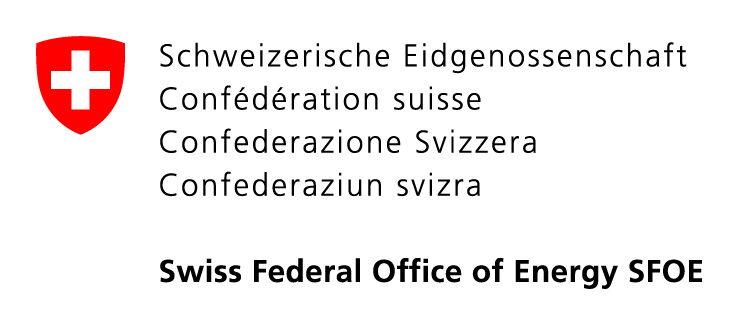26 September 2018 – 9:00 AM
Jonny Rutqvist Lawrence Berkeley National Laboratory, USA
The potential for activating faults associated with geologic carbon sequestration is currently receiving increased attention among CO2 sequestration stakeholders as an issue of concern both related to induced seismicity and CO2 leakage. In the light of these concerns, findings from recent modeling studies and field observations are summarized with emphasis on CO2 injection and storage in deep sedimentary formations. The model simulations demonstrate the importance of the in situ stress field (magnitude and orientation) and injection location relative to the fault, as well as the critical importance of fault properties. It is shown that a seismic event large enough to be felt by humans requires a brittle fault with kilometer sized continuous permeability that allows for pressurization of a sufficiently large fault patch before rupture. Heterogeneous fault properties which are commonly encountered in faults intersecting multilayered shale/sandstone sequences effectively reduce the likelihood of inducing felt seismicity and also effectively impede upward CO2 leakage. A number of simulations show that even a sizable seismic event that could be felt may not be capable of opening a new permeable flow path across an overlying caprock and is very unlikely to cross a system of multiple overlying caprock units. These modeling studies and an increasing number of field observations correlating deep fluid injection with induced seismicity, show the importance of the site investigation to characterize in situ stress and rock properties. It may be critical to avoid brittle rock such as crystalline basement or sites in hard and brittle sedimentary sequences that are more prone to injection-induced seismicity and permanent damage.










